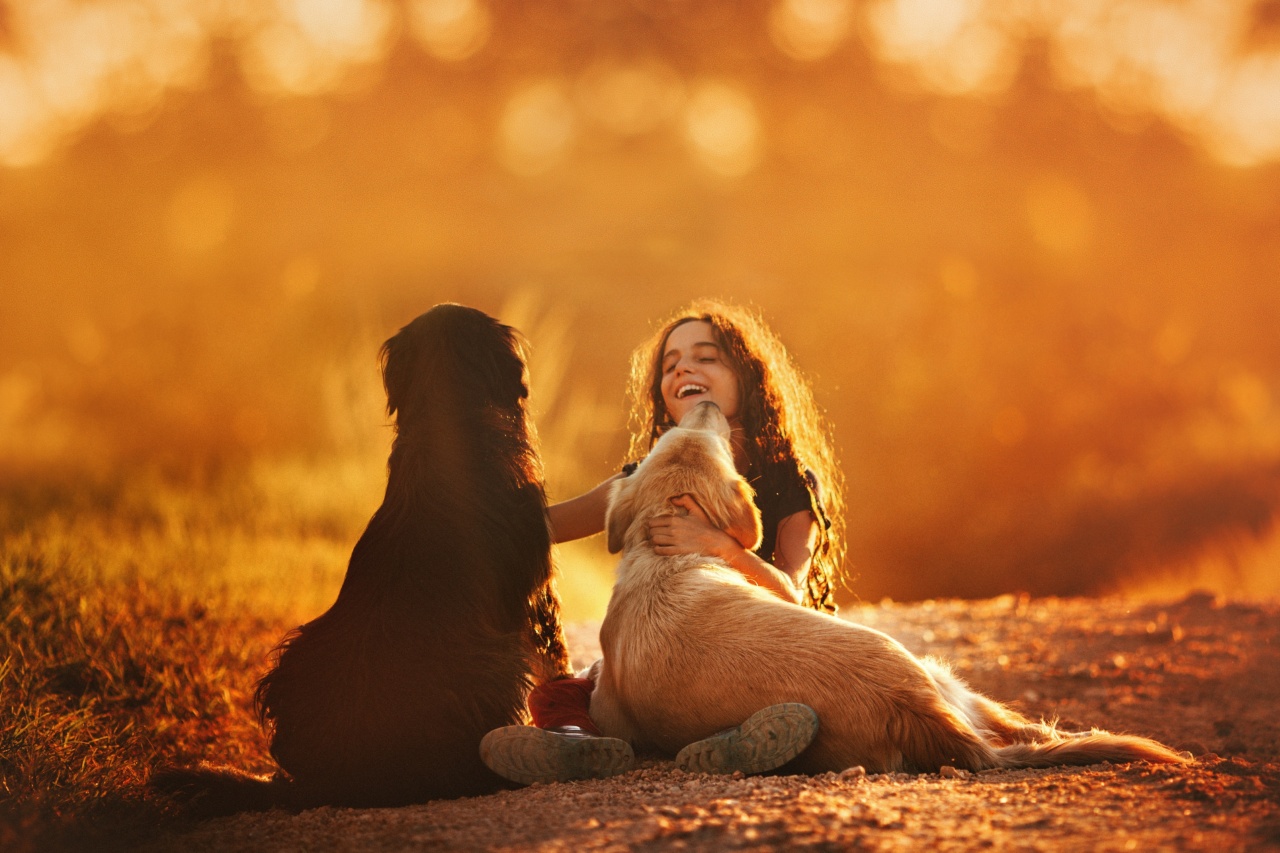Dogs have always been known as human’s best friends, providing companionship and bringing joy to countless households around the world.
It’s no wonder that dog owners are often curious about their furry friends’ emotions and whether they can experience laughter and tickling, just like humans.
The Science of Laughter
Laughter is a universal expression of joy and amusement among humans, but can dogs truly understand this concept and convey it themselves? The answer is not as straightforward as one might think.
Dogs’ Communication Methods
Dogs primarily communicate through body language, vocalizations, and behavior. Tail wagging, barking, and the occasional growl are some of the ways dogs express their emotions and intentions. But can they use these methods to “laugh”?.
Can Dogs Laugh?
While it is difficult to determine whether dogs experience laughter in the same way humans do—through an emotional response to humor—it is believed that dogs have their own version of laughter. It is often referred to as a “doggy laugh.”.
Understanding Doggy Laughter
When dogs exhibit panting, body wiggling, and playful behavior, it is often interpreted as their way of expressing happiness and joy. These behaviors can be considered similar to a human laugh.
However, it is important to note that the purpose and interpretation of these actions may differ between species.
The Role of Vocalizations
One of the main components of human laughter is the vocalization aspect. Dogs, on the other hand, do not possess the same vocal apparatus as humans, limiting their ability to produce sounds resembling laughter.
However, dogs do have their unique vocalizations such as yelping, growling, and barking, which are more closely associated with their communication needs.
Dog Laughter Research
Psychologists and researchers have conducted studies to better understand dog laughter. These studies have focused on analyzing dog behavior and the sounds they produce during play and social interaction.
Through these observations, researchers have developed a better understanding of the possibility of laughter in dogs.
The Play Bow
The play bow is a classic pose that dogs assume during playful interactions, where they lower their front body while keeping their hindquarters raised. This position is commonly accompanied by excited barking and wagging tails.
Many researchers believe that the play bow is a form of communication, signaling the dog’s desire to engage in playful activities.
Tickling Dogs
Another common query among dog owners is whether dogs can be tickled. Humans often find certain spots on their bodies particularly ticklish, prompting laughter. But do dogs have similar ticklish spots?.
Dog’s Sensitivity to Touch
While dogs are certainly sensitive to touch, it is unclear whether they experience ticklish sensations in the same way as humans.
Dogs have a higher sensitivity to touch than humans, and certain areas of their bodies are more receptive to touch, such as the belly, ears, and paws. When these areas are touched, dogs may exhibit reactions indicative of being ticklish, such as mild discomfort or joyous responses.
Is It Safe to Tickle a Dog?
Tickling a dog can vary in its effect. Each dog has its individual comfort level with touch and interaction. Some dogs may enjoy being gently tickled, while others may perceive it as uncomfortable or even threatening.
It is important to pay attention to the dog’s body language and reaction when tickling them.
Conclusion
While the concept of dogs laughing and getting tickled may not align precisely with human experiences, dogs do have their unique ways of expressing joy and happiness.
Their “doggy laugh” may resemble playful behavior and vocalizations associated with happiness, and certain areas of their bodies may elicit pleasant reactions when touched. Understanding and respecting a dog’s communication cues and individual preferences is key to fostering a strong bond and creating a joyful companionship.






























